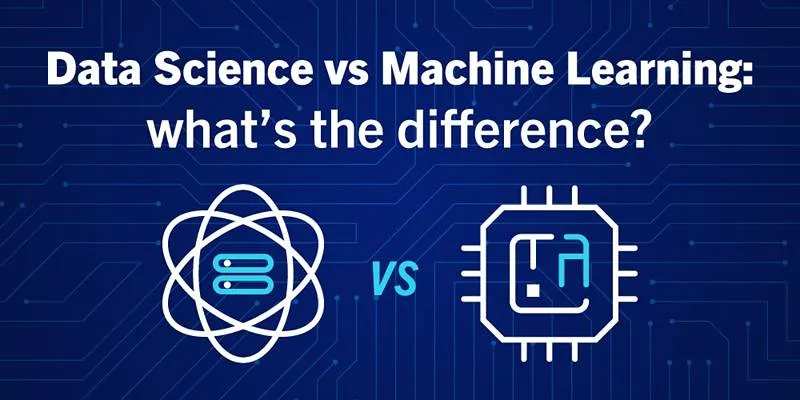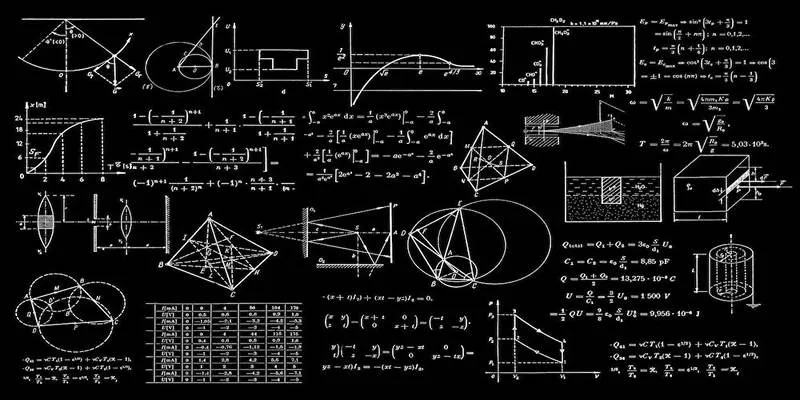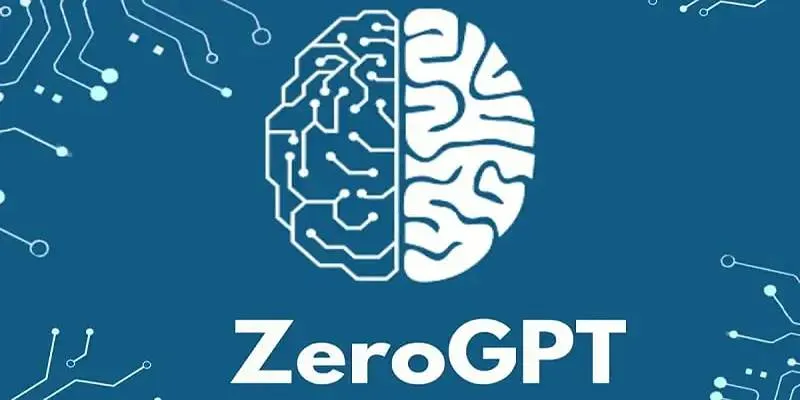The terms “data science” and “machine learning” often appear together, sometimes used interchangeably. At first glance, they might seem like different names for the same kind of work, as both involve handling large datasets, statistical techniques, and programming tools. Despite the overlap, they focus on distinct objectives.
Someone working in data science might never build a machine learning model, and someone building machine learning algorithms might not need to explore data like a data scientist does. Understanding the differences between these fields clarifies their connection—and where they diverge.
Core Purpose and Focus
Data Science is a broad discipline focused on understanding, processing, and deriving insights from data. It begins with collecting and cleaning raw data and extends to visualizing results for actionable insights. The goal is to answer questions and tell stories using data, such as predicting customer churn, identifying climate trends, or summarizing public sentiment from social media.
Machine Learning, on the other hand, is more specialized. It focuses on creating systems that learn from data and make decisions or predictions without being explicitly programmed. The “learning” involves feeding algorithms with examples until they recognize patterns. Practically, this might involve teaching a system to recognize cats in photos, translate languages, or detect fraud.
In essence, data science involves asking questions and answering them through data exploration, while machine learning focuses on creating tools to predict or classify data based on past experiences.
Tools, Skills, and Techniques
Data Scientists use various tools and languages such as Python, R, and SQL for querying databases. Libraries like Pandas, NumPy, and Matplotlib aid in data manipulation and visualization. They utilize cloud platforms, dashboards, and spreadsheets to present their findings. Strong statistical skills and domain expertise are crucial, as interpreting data within its context is a significant part of the job.

Machine Learning Engineers might use the same programming languages but rely more heavily on frameworks like TensorFlow, PyTorch, Scikit-learn, and XGBoost. Their focus is on building, testing, and optimizing models, requiring a strong grasp of algorithms and sometimes linear algebra and calculus. Data cleaning and processing are parts of their workflow, mainly to facilitate model development.
The lines blur as many machine learning projects start with exploratory data analysis, a typical data science task. Conversely, data science tasks often leverage machine learning for enhanced predictions. However, the distinction lies in their intent: data science is about exploration and understanding, while machine learning revolves around automation and prediction.
Workflow Differences
A Data Science workflow often begins with a problem statement. For example, if a business wants to understand why sales dipped last quarter, a data scientist will gather relevant data—sales numbers, marketing campaigns, customer feedback—and clean it. They then explore the data for patterns and build reports or dashboards to provide insights. Predictive models might be built, but these models guide decision-making rather than operate independently.
Machine Learning workflows are more structured around building specific models. For instance, creating a spam filter involves gathering labeled email examples, cleaning and preparing data, selecting a model architecture, training it, testing accuracy, and deploying it. Once deployed, the model may need retraining over time or continue learning from new data.
Feedback is another area of distinction. Data science projects may not always have clear success metrics, especially in exploratory work. In contrast, machine learning projects typically align with measurable outcomes like accuracy, precision, recall, and loss values, which guide model improvements and comparisons.
Career Roles and Applications
Job titles in these fields can be confusing due to overlapping responsibilities. A “data scientist” might spend time in business meetings, translating company goals into analytical questions, and using dashboards to communicate findings to non-technical teams. Their work is often a mix of statistics, data wrangling, and storytelling.

A “machine learning engineer” focuses more on the engineering side, building scalable systems for real-time data processing or handling large volumes efficiently. Their work frequently intersects with DevOps, cloud computing, and system design.
Some roles blend the two fields. A “machine learning data scientist” might prototype models and conduct experiments, while an “applied AI” professional may develop models and interpret results.
In terms of applications, data science is used in health analytics, market research, customer segmentation, and supply chain analysis. Machine learning is applied in recommendation systems, autonomous vehicles, speech recognition, and fraud detection. While their overlap grows, each field maintains distinct foundations.
Conclusion
The line between data science and machine learning is easy to blur because they share common tools and often collaborate. However, their core goals differ. Data science focuses on understanding data and deriving insights, while machine learning aims to build systems that learn and predict. Think of data science as exploring and interpreting the past and present, while machine learning involves building tools for future automation and decision-making. Understanding where one ends and the other begins helps leverage both effectively.
 zfn9
zfn9





















